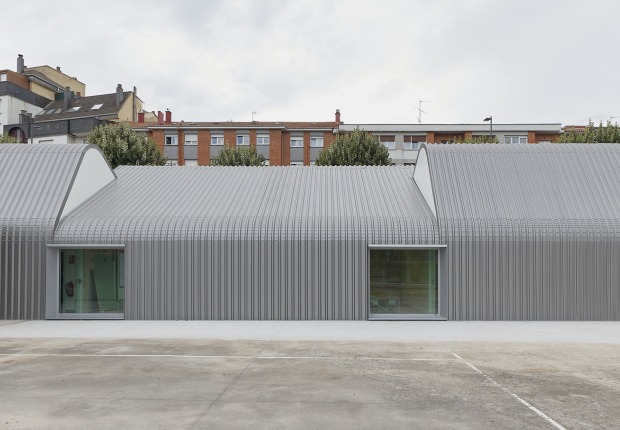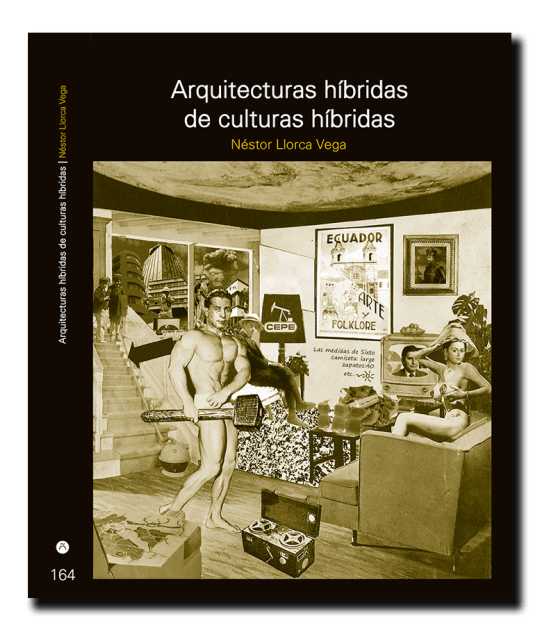A new book by American journalist Marc Wortman describes Johnson's role in pushing the Nazi agenda in the US in an in-depth story in Vanity Fair magazine, adapted from the writer's new book, 1941: Fighting the Shadow War, which examines America's involvement in the second world war.
Wortman describes Johnson's growing support for the Nazis in the 1930s and his efforts to import Fascism to America. "Johnson returned home certain his life had been transformed. He found in Nazism a new international ideal. The aesthetic power and exaltation he experienced in viewing modernist architecture found its complete national expression in the Hitler-centered Fascist movement."
The author claims Johnson took no issue with the Nazi's treatment of Jews or creators of "degenerate art", even when he helped friends at the Bauhaus flee Germany is understand as "the apparent contradiction in their plight only as a momentary falling back in order to leap that much further ahead. "he saw the apparent contradiction in their plight only as a momentary falling back in order to leap that much further ahead."
Consumed by the idea then foreign to most Americans that architecture and design were fine arts in their own right, he used his personal funds to establish the new Museum of Modern Art’s Department of Architecture, making it the first major American museum to exhibit contemporary architecture and design. At age 26, he collaborated in curating MoMA’s landmark 1932 show, “The International Style: Architecture Since 1922.” This groundbreaking exhibition introduced Americans to masters of modern European architectural style, such as Walter Gropius and Berlin’s Bauhaus school and the French master Le Corbusier, along with a few American practitioners, including Frank Lloyd Wright, Richard Neutra, and Raymond Hood. The exhibition and the accompanying book would set the course of world architecture for the next 40 years.
Wortman writes. "Here was a vision combining aesthetics, eroticism, and war, forces capable of sweeping away the past and building a new world."
The architect's pro-Nazi efforts started to garner attention back in the US. Harper's Magazine listed him as a leading American Nazi in a 1940 article, Life magazine described him in 1941 as “America’s No. 1 intellectual Fascist.” and the FBI began to track his activities.
Fascist? Me?
Upon the urging of friends, Johnson "knew he had to change his spots," writes Wortman. At age 34, he enrolled at Harvard's Graduate School of Design and sought to erase his pro-Nazi past, even starting an anti-Fascist group on campus. "He went to class and soon became Harvard’s enfant terrible of modernism. He designed and built a glass-walled modernist pavilion as his residence in Cambridge." "Johnson always wanted to be on the winning side," writes Wortman. "The Thousand-Year Reich was not to be, but so far the American century had been turning out just fine."
Years later, in 1978, the journalist and critic Robert Hughes interviewed Hitler’s architect, Albert Speer, who had spent 20 years in prison for his crimes. Hughes described the meeting in an article in The Guardian in 2003—he had just come across a lost tape recording of the conversation. He wrote:
The architect's pro-Nazi efforts started to garner attention back in the US. Harper's Magazine listed him as a leading American Nazi in a 1940 article, Life magazine described him in 1941 as “America’s No. 1 intellectual Fascist.” and the FBI began to track his activities.
Fascist? Me?
Upon the urging of friends, Johnson "knew he had to change his spots," writes Wortman. At age 34, he enrolled at Harvard's Graduate School of Design and sought to erase his pro-Nazi past, even starting an anti-Fascist group on campus. "He went to class and soon became Harvard’s enfant terrible of modernism. He designed and built a glass-walled modernist pavilion as his residence in Cambridge." "Johnson always wanted to be on the winning side," writes Wortman. "The Thousand-Year Reich was not to be, but so far the American century had been turning out just fine."
Years later, in 1978, the journalist and critic Robert Hughes interviewed Hitler’s architect, Albert Speer, who had spent 20 years in prison for his crimes. Hughes described the meeting in an article in The Guardian in 2003—he had just come across a lost tape recording of the conversation. He wrote:
Suppose a new Führer were to appear tomorrow. Perhaps he would need a state architect? You, Herr Speer, are too old for the job. Whom would you pick? “Well,” Speer said with a half-smile, “I hope Philip Johnson will not mind if I mention his name. Johnson understands what the small man thinks of as grandeur. The fine materials, the size of the space.”
Johnson went on to design works such as the Glass House, completed in 1949, and New York's AT&T Building, which opened in 1984. He received the AIA's Gold Medal in 1978 and the first Pritzker Prize, awarded in 1979. He died in 2005 while asleep at his Glass House.

























